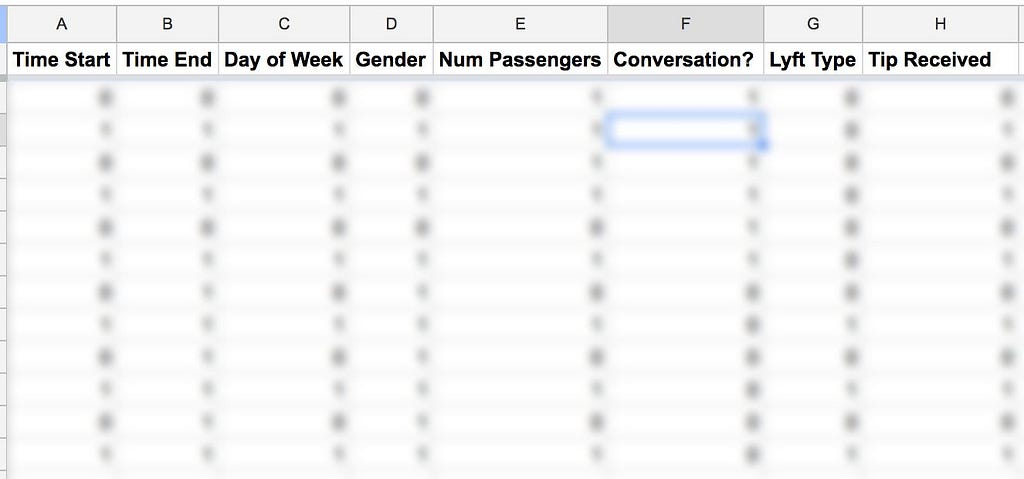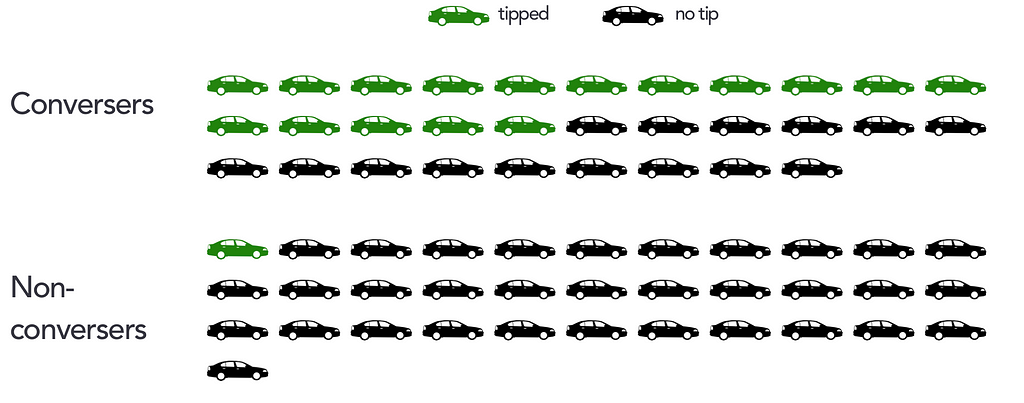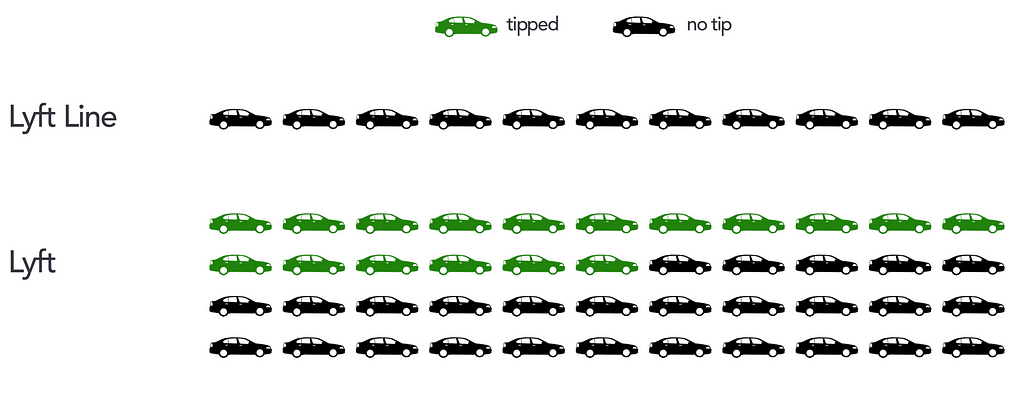Latest news about Bitcoin and all cryptocurrencies. Your daily crypto news habit.
For rideshare drivers, tips are an important source of income. But what variables correlate to a large or small tip? Do controllable factors like conversation or the day of the week affect tip outcomes?
I designed a mini-experiment to investigate. After each ride, I collected selected information on the ride, including the tip amount I received. Of the fifty passengers in my data set, sixteen of them tipped.
Disclaimer: This experiment is mostly for fun and a personal experience. Rigorous analysis requires further data collection.
Data Collection
These are the variables I collected for each ride:
- Time start and time end (to compute ride duration)
- Day of week
- Number of passengers
- Gender of passenger with the rideshare app
- Conversation? (yes/no)
- Type of Lyft (Lyft vs. Lyft Line vs. Lyft Premier)
After each ride, I recorded these variables, without any other related passenger information.
The Analysis
I performed some back-of-the-envelope analyses to observe significant correlations in the data. I found only two of the above variables to be significantly correlated with a tip: conversation and the type of Lyft.
Almost all my rides with tips came from conversing passengers. However, I had conversations with many passengers who did not tip. The conclusion: passengers who tip nearly always converse, but it isn’t necessarily the case that all passengers who converse are those who tip.
This result makes sense; a passenger may not feel a desire to tip if they had an ordinary ride experience and didn’t interact with the driver at all.
As might be expected, the type of Lyft taken was an excellent predictor of whether or not the passenger would tip. Zero of my ten Lyft Line passengers tipped me. This effect is amplified when you consider that most Lyft Line rides have multiple passenger parties — in theory, there should be more opportunities to earn a tip.
My interpretation: the cost-conscious Lyft Line passengers are less likely to tip. Although Lyft promotes Lyft Lines to drivers as an opportunity to earn more tips from the additional passengers, my personal experience doesn’t match up.
Other Insights: Tip Distribution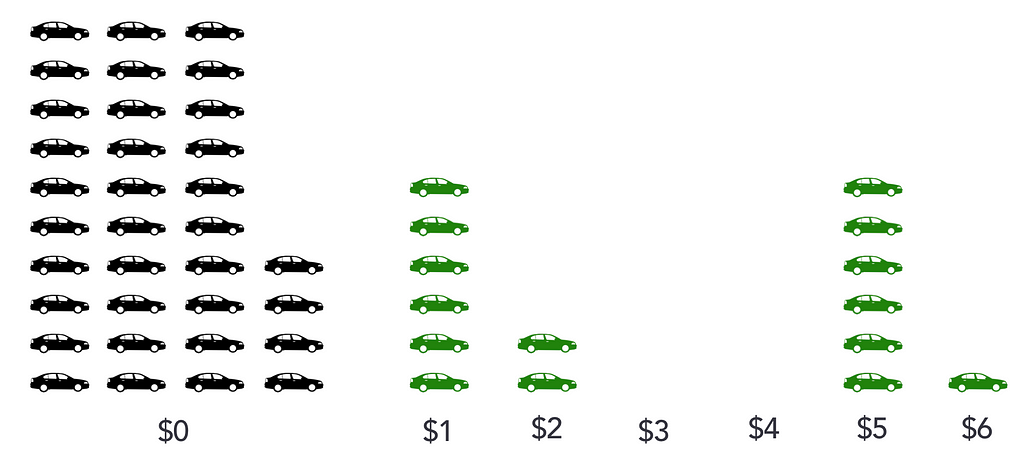
Above is a chart showing the distribution of my earned tips as a driver. Other than the most common scenario of not getting tipped, tips were most often either $1 or $5. This likely has to do with Lyft’s passenger UI, which provides tip pricing suggestions for $1, $2, and $5.
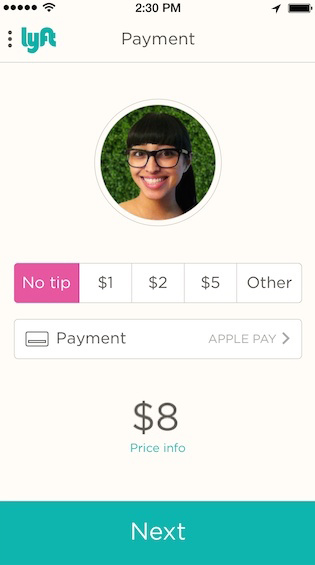 Tipping UI screenshot from Lyft.com
Tipping UI screenshot from Lyft.com
The Conclusion
More data collection is needed to draw insights. A huge bias in this dataset is the fact that all fifty rides were driven by a single person (me), so it’s hard to extrapolate this data out to a larger population. After investigating the data, I have two hypotheses for further study:
- Most rides where Lyft drivers get tipped are ones where the driver and the passenger had a conversation.
- Most tipping passengers are taking Lyft or Lyft Premiers, not Lyft Lines.
It’s worth noting how different the tipping culture is for Lyft rides than for taxi rides. While the vast majority of individuals tip 15% for a taxi ride, under a third of my passengers even chose to tip me. With all the recent discussion about whether or not Uber and Lyft undercharge drivers, I hope people consider this difference in earned tips and its effect on driver income.
I hope you found this experiment interesting! Please 👏 this article if you enjoyed it! You can read more of my articles below:
I analyzed my Lyft driver tips, here’s what I found was originally published in Hacker Noon on Medium, where people are continuing the conversation by highlighting and responding to this story.
Disclaimer
The views and opinions expressed in this article are solely those of the authors and do not reflect the views of Bitcoin Insider. Every investment and trading move involves risk - this is especially true for cryptocurrencies given their volatility. We strongly advise our readers to conduct their own research when making a decision.
